|
By Dr. Nick Barber The bison reintroduction has been exciting for everyone involved with Nachusa—staff and stewards, volunteers and visitors, and especially scientists. The project provides a unique opportunity to measure the impacts of these animals and their actions on the entire restored prairie ecosystem. I’m fortunate to be part of a small army of researchers and students working closely with Nachusa personnel to understand how bison influence plants, animals, and other organisms. Anyone who has had the opportunity to spend time within the bison units over the past 2 years has undoubtedly seen evidence of these giant herbivores: dung! In addition to grazing on plants and wallowing in dirt, bison play an important role in nutrient cycling by depositing concentrated piles of plant material and nutrients around the prairie. Across the landscape, this may provide hotspots of growth for some plants, adding to the overall diversity at Nachusa. An inconspicuous group of insects help to carry out this nutrient–cycling process. Dung beetles feed on animal waste, and many species collect dung as a food source for their offspring. Some species famously form it into spheres, and roll these “dung balls” away to bury and deposit eggs. Other species tunnel below the dung patty, building chambers where dung is stored and beetle larvae can develop. And some species are “dwellers” who simply dive in to fresh dung and start to feast, laying eggs along the way. When these eggs hatch, the larvae feed, pupae, and emerge as adults, completing their entire metamorphosis in a single patty before heading off to mate and start the process over again in fresh patty. Burying small bits of dung in the soil helps make nutrients accessible to plant roots. In the soil, microorganisms like bacteria and fungi convert organic materials into inorganic forms available to plants. This can represent a significant amount of the nutrients. As dung dries, much of the nitrogen can be lost to the air as ammonia volatilizes. This is why dung beetles are important for ranching: every bit of nutrients back in the soil rather than lost to the atmosphere means more fodder for livestock. So it was a reasonable assumption that the dung beetle community at Nachusa would respond positively to the introduction of several dozen large, dung-producing herbivores to the prairie. I credit Dr. Ken McCravy from WIU for first suggesting that we should investigate these communities. Over the past two years, with support from the Friends of Nachusa Grasslands, I have been working with NIU students to survey the dung beetles to determine which species are present and how their abundances differ between sites with and without bison. We use pitfall traps, baited with fresh bison dung, to collect beetles that are later pinned and identified under a microscope in my lab at NIU. Our preliminary results are exciting: we have documented at least seven species, including rollers, tunnelers, and dwellers. The two most common species are Onthophagus hecate, a widespread species, and Onthophagus knausi, a uncommon species whose range extends west and south through Kansas, Oklahoma, and Texas. The other species are much less common but include the large, blue-black Geotrupes opacus and the spectacular rainbow scarab, Phanaeus vindex. As a preliminary result, the presence of bison doesn’t seem to have a big effect on abundance, as some bison-free sites have high numbers of beetles. But this may not be surprising given how mobile these insects are. They can fly and specialize in seeking out their preferred food. Cattle pastures surrounding Nachusa likely provide population sources as well. Over the next two years, we will be investigating these dung beetle communities in more detail. A Master’s student at NIU will be combining observations of dung decomposition with beetle measurements to understand how different species contribute to dung processing. Ultimately we hope to understand how the management actions that maintain high plant diversity at Nachusa (such as prescribed fire and grazing) affect beetle communities and their ability to process dung. Keep an eye on fresh dung patties and you may see these small but fascinating insects carrying out some of the invaluable “dirty work” that keeps the prairie ecosystem healthy and biodiverse! Nick Barber is an assistant professor in the Department of Biological Sciences at Northern Illinois University. To read more about his work, visit the Barber Lab webpage. Thank you Nick, for being our guest blogger this week!
6 Comments
B
2/6/2017 02:39:08 pm
Too bad the species weren't just photographed rather than pinned so they could continue to do their jobs.
Reply
Nick Barber
2/15/2017 11:40:04 am
It's true that we need to collect these insects for identification and to take detailed measurements on them. We're conscious of this and sample over areas that represent a tiny fraction of the Nachusa landscape, and only for limited periods of time during the year. Like most arthropods, these beetles reproduce rapidly and can quickly replenish the small number that we collect. In past years, we've used pitfall traps for other arthropods in the same areas without seeing declines in abundance from year to year, so I'm confident that we're not having any long-term detrimental effects on these populations.
Reply
2/6/2017 04:28:58 pm
Thanks Nick. Very interesting post. Do you foresee any restoration management requirements/activities specific to the dung beetles?
Reply
Nick Barber
2/15/2017 11:04:55 am
Great question, David. That's one of the things we really want to find out. I'm particularly curious about how burning will interact with bison. Having lots of dung around should certainly benefit dung beetles, but beetle preferences might change depending on whether a site was burned the previous spring. Burning off thatch might make it easier for arthropods to move around on the ground, and might make it easier for dung beetles to roll their dung balls away. It will be exciting to see the results!
Reply
Lindsey Kemmerling
5/24/2019 01:59:09 pm
Hi there, this is awesome! What time of year do you see dung beetles emerge at Nachusa?
Reply
Sheryl
5/28/2019 09:46:59 am
Hi Lindsey,
Reply
Your comment will be posted after it is approved.
Leave a Reply. |
Blog CoordinatorDee Hudson
I am a nature photographer, a freelance graphic designer, and steward at Nachusa's Thelma Carpenter Prairie. I have taken photos for Nachusa since 2012. EditorJames Higby
I have been a high school French teacher, registered piano technician, and librarian. In retirement I am a volunteer historian at Lee County Historical and Genealogical Society. Categories
All
Archives
January 2024
|
CONNECT WITH US |
|
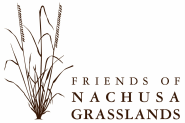
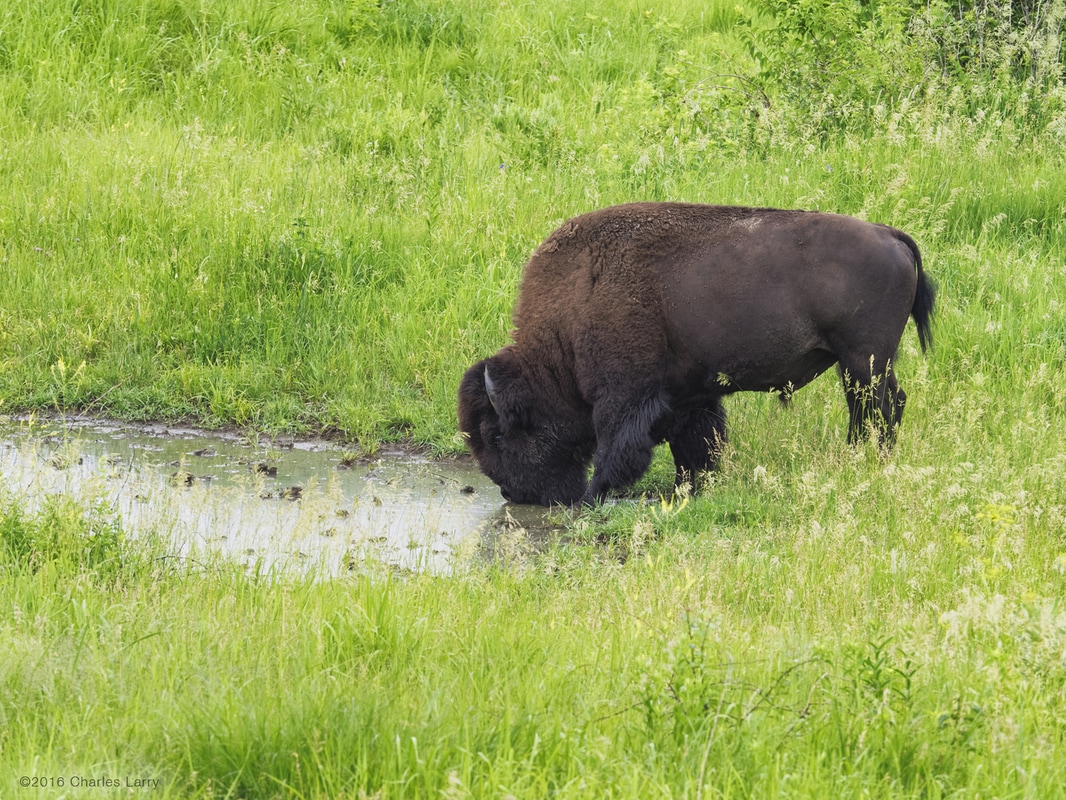
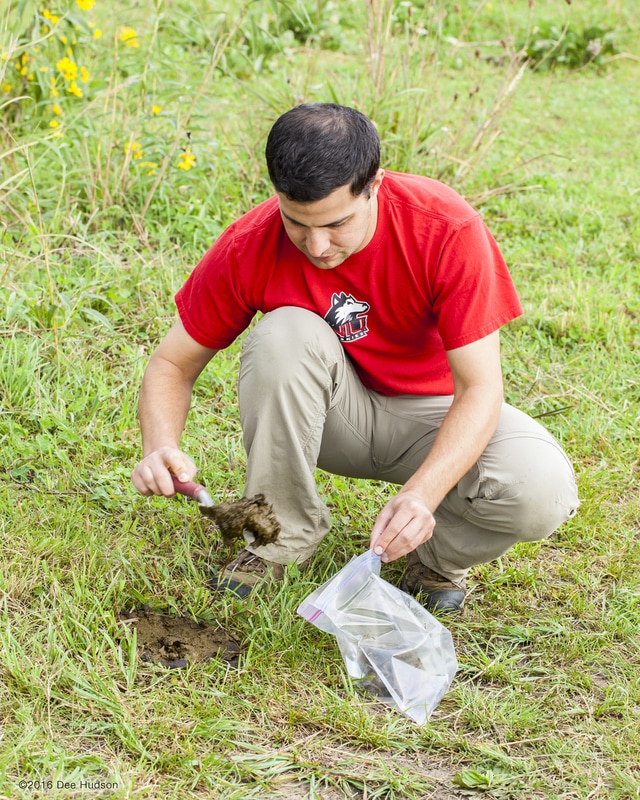
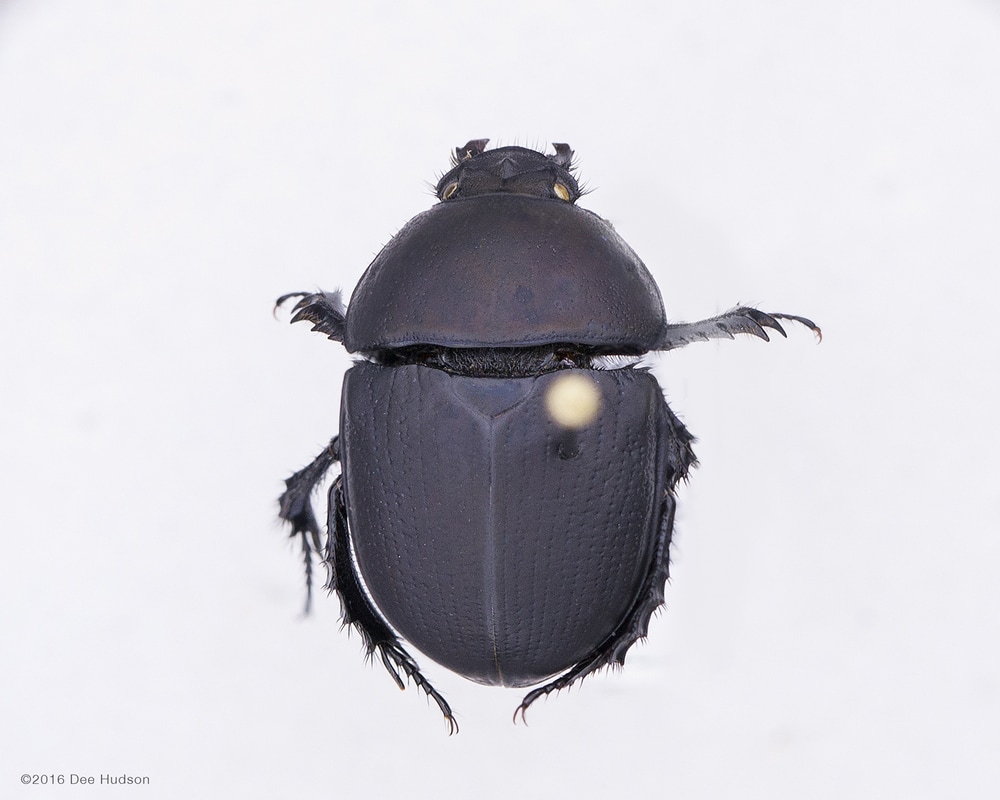
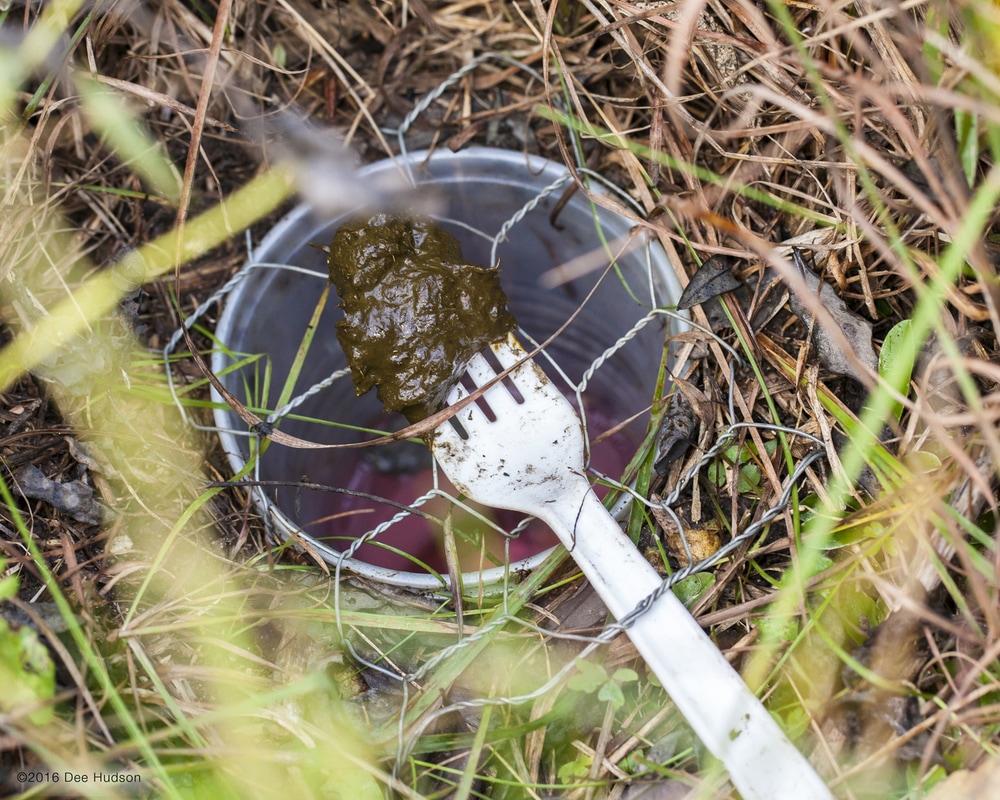
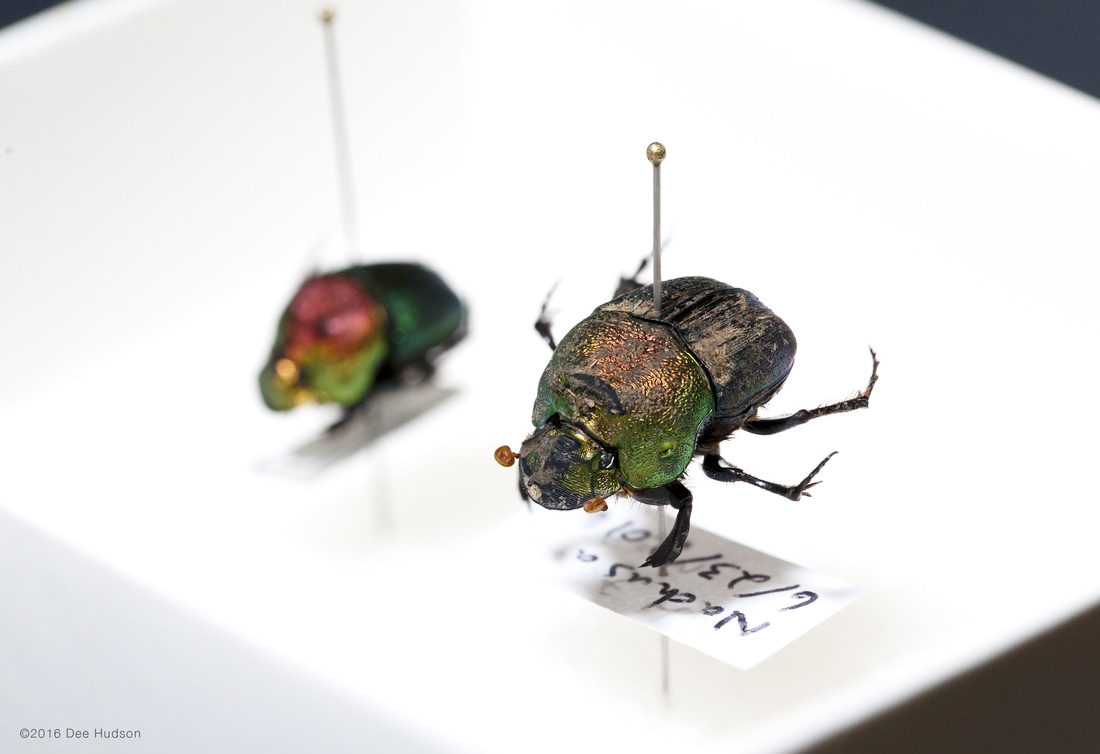
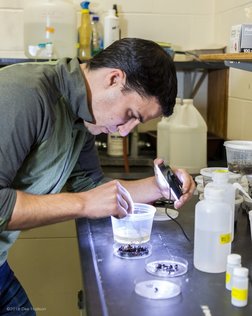
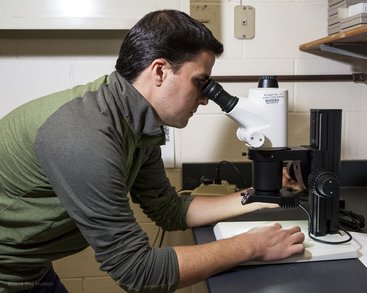
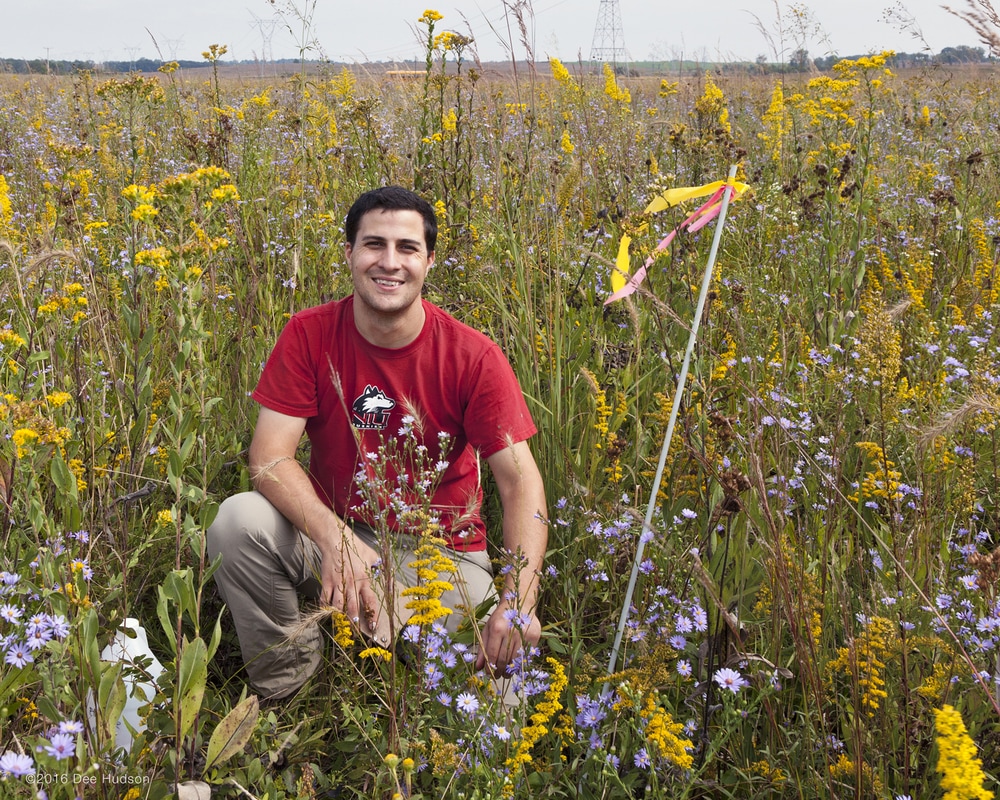
 RSS Feed
RSS Feed